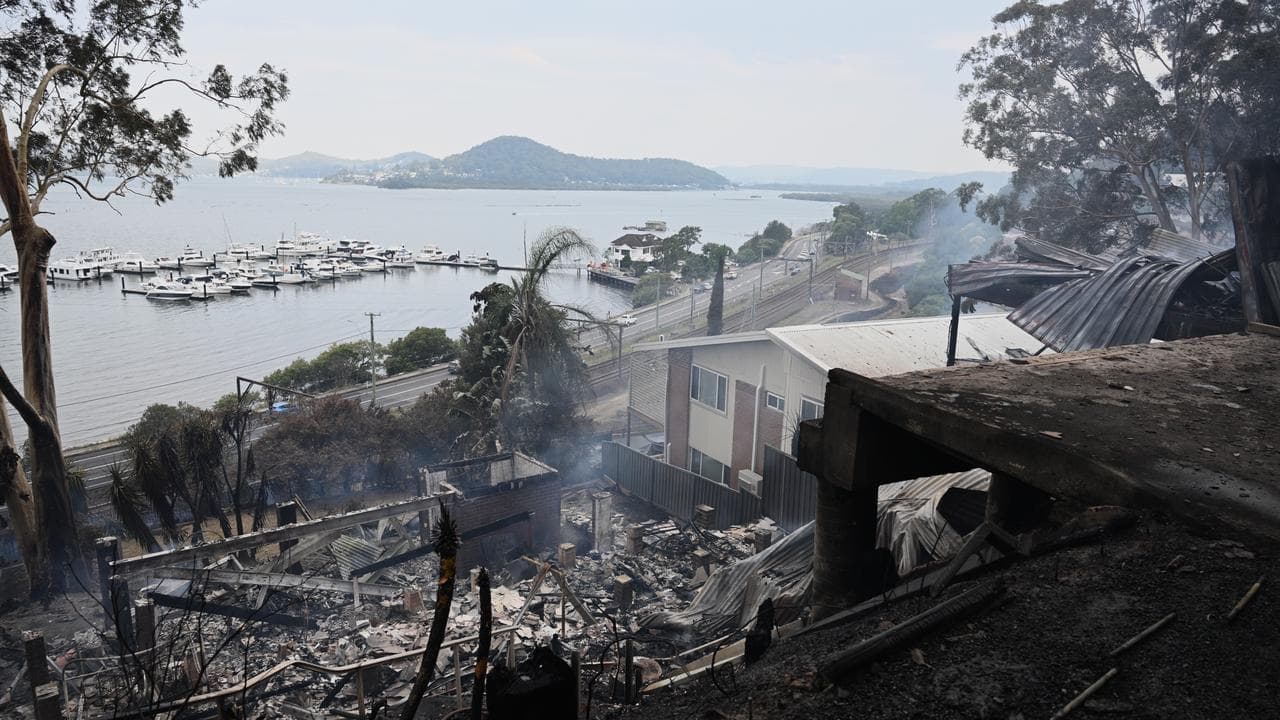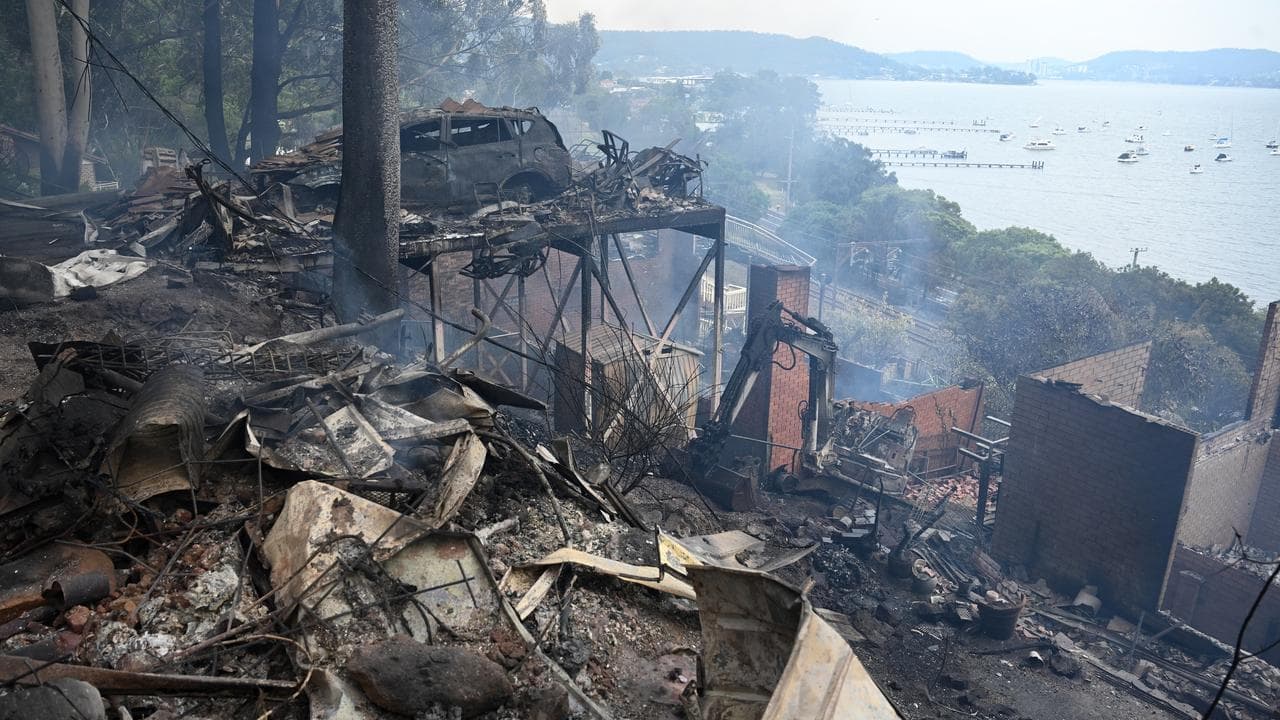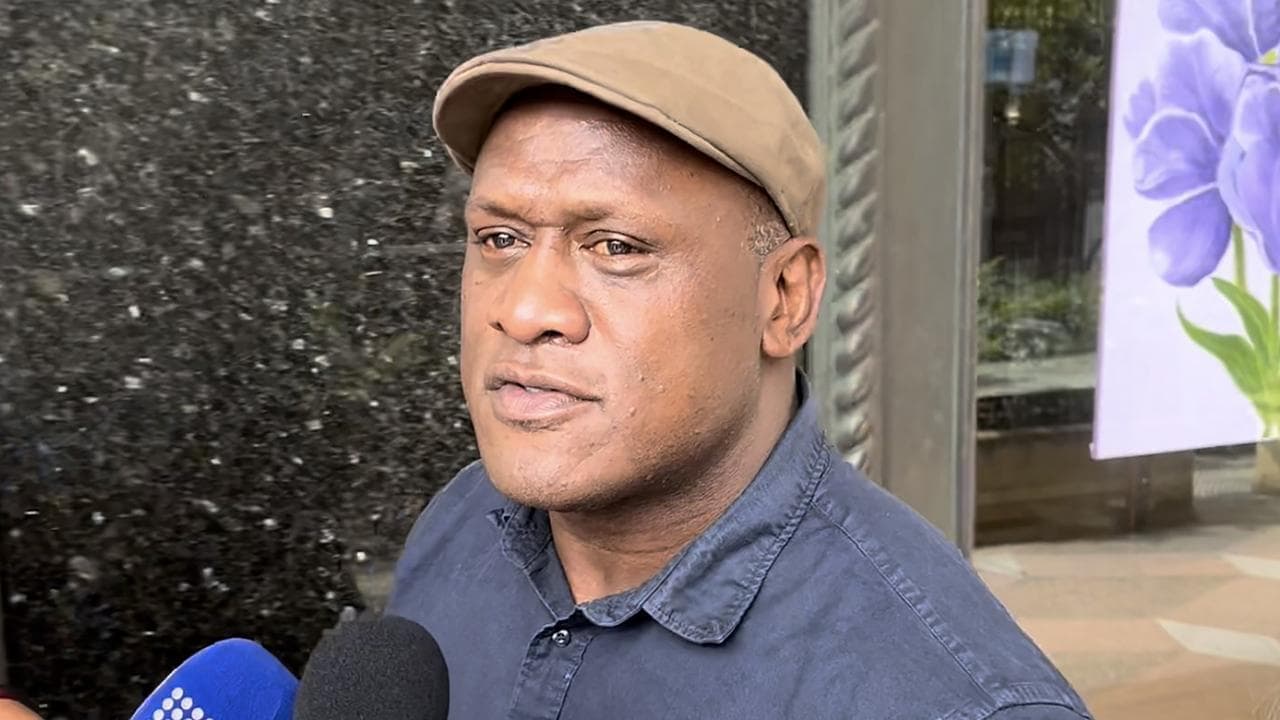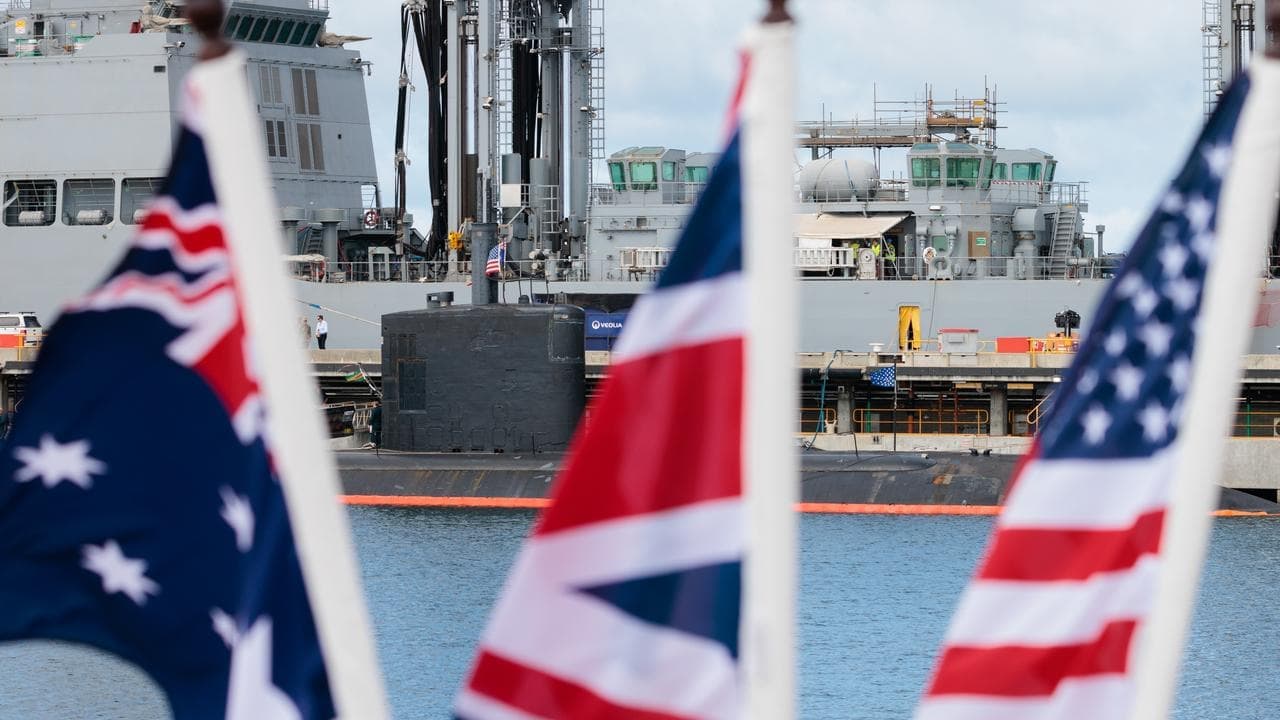WHAT WAS CLAIMED
When previous constitutional changes have been proposed there’s been a constitutional convention, but there hasn’t been one for the voice to parliament.
OUR VERDICT
Misleading. There have only been three conventions held since 1901. A constitutional convention involving Indigenous delegates was held in 2017 which resulted in the Uluru Statement from the Heart.
The official 'no' campaign pamphlet states that the Indigenous voice to parliament referendum process has been rushed and heavy-handed.
The unedited document published on the Australian Electoral Commission website claims that, unlike previous referendums, there has been no constitutional convention in the lead-up to the referendum later this year.
This is misleading. Experts told AAP FactCheck conventions prior to referendums in Australia were the exception rather than the rule, with just three held since 1901.
In addition, a First Nations National Constitutional Convention was held in 2017. This resulted in the Uluru Statement from the Heart, which called for the creation of an Indigenous voice.

The 'yes' and 'no' pamphlets were released in July and will be sent to every household at least two weeks before the referendum.
As one of its arguments against the voice, the 'no' campaign claims that the proposal came about without a constitutional convention.
"When previous changes to the Constitution have been proposed, there has been a Constitutional Convention to properly consider options and details," it states (page 7).
"No such process happened here. This process was rushed and heavy-handed."
Dr Harry Hobbs, a constitutional law expert at the University of Technology Sydney, said that it is not standard for a convention to take place prior to a referendum.

"The most recent referendum in 1999 was preceded by a constitutional convention held in 1998, but that practice has not been common," he said.
There have been 44 referendums held since federation. Just a handful have been the subject of a convention.
The first convention was held in 1942, prior to the 1944 referendum.
A convention was then established in 1973 and met six times over several years. Although not established to consider a particular constitutional change, 12 proposals were put to referendum during its tenure (page 7).
Dr Bede Harris, a constitutional law expert at Charles Sturt University, said there is no constitutional or legal requirement to have one.
"Since there is no requirement to hold a convention, it follows that there is no required manner in which it should be held," he told AAP FactCheck.

More than 250 Indigenous delegates attended the First Nations National Constitutional Convention at Uluru in 2017.
The delegates were selected from those who attended 'regional dialogue' events held in 2016 and 2017 by the Referendum Council to consult with Indigenous people on their views of constitutional recognition (page 3).
The convention ended with the majority of delegates adopting the Uluru Statement from the Heart, which calls for the creation of an Indigenous voice enshrined in the constitution, and a 'Makarrata' commission to oversee a treaty process. A small number of delegates walked out in protest.
Professor Gabrielle Appleby, from UNSW, said the Uluru meeting should be considered a constitutional convention.
"A constitutional convention refers to a meeting of delegates, who can be selected in different ways, that is convened for the specific task of considering the creation or amendment of a constitution," she told AAP FactCheck.
"Who attends a constitutional convention, and how they are selected, will depend on the nature of the constitutional issues involved.
"Given the First Nations Constitutional Convention was convened with the specific task of considering the question of what form of constitutional recognition was desirable for Aboriginal and Torres Strait Islander people, it was appropriate that it was comprised of First Nations delegates only."
George Williams, a professor of constitutional law at UNSW, agreed.
"The Voice referendum has been preceded by a constitutional convention," he told AAP FactCheck.

"This was not a convention representative of the whole community, but it was a convention comprised of people that the constitutional amendment will seek to recognise later this year."
Dr Hobbs noted that there have also since been several parliamentary processes to explore the voice.
This includes the 2018 Joint Select Committee on Constitutional Recognition relating to Aboriginal and Torres Strait Islander Peoples and the 2023 Inquiry into the Aboriginal and Torres Strait Islander Voice Referendum, along with the co-design process undertaken by a senior advisory group appointed by then Indigenous Australians Minister Ken Wyatt.
The pamphlets are a requirement under law and were written by parliamentarians who either voted for or against holding the referendum. The 'no' committee was chaired by Senator Jacinta Nampijinpa Price, while the 'yes' committee was led by Minister for Indigenous Australians Linda Burney.
AAP FactCheck emailed Senator Price to ask about the claim in the pamphlet but did not receive a response.
The pamphlets have been fact-checked by the ABC and SBS.
The Verdict
The claim made that there was no constitutional convention before the Indigenous voice to parliament was proposed, unlike previous referendums, is misleading.
Experts told AAP FactCheck there have been just three conventions held since 1901, making them the exception rather than the rule.
In addition, a First Nations National Constitutional Convention was held in 2017 which resulted in the Uluru Statement from the Heart and the call for an Indigenous voice.
Misleading – The claim is accurate in parts but information has also been presented incorrectly, out of context or omitted.
AAP FactCheck is an accredited member of the International Fact-Checking Network. To keep up with our latest fact checks, follow us on Facebook, Twitter and Instagram.












